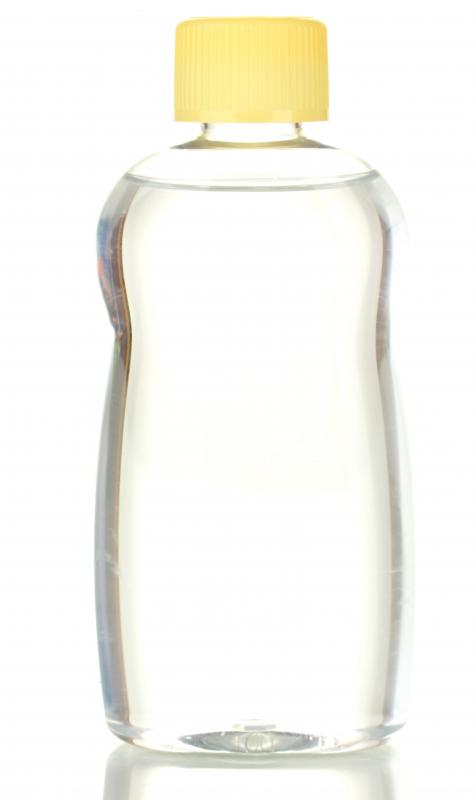At WiseGEEK, we're committed to delivering accurate, trustworthy information. Our expert-authored content is rigorously fact-checked and sourced from credible authorities. Discover how we uphold the highest standards in providing you with reliable knowledge.
What is a Soapstone Sink?
A soapstone sink is a sink made out of soapstone, a type of rock that can be quarried in many regions of the world. In addition to being used for sinks, soapstone is used for countertops, mantels, fireplace surrounds, and many other applications because it is a very durable construction material with many useful properties. People can order soapstone sinks directly through companies that manufacture new ones and restore old ones, and they can also be ordered through home supply stores and contractors. A vintage soapstone sink can sometimes be purchased through a store that handles antiques or reclaimed construction materials.
Soapstone is inert. It will resist acids and other materials, including corrosive materials that might end up in a sink. It is also very strong, with examples of soapstone sinks in continuous use that are over 100 years old, illustrating the durability of this material. It comes in a range of colors and can be finished in different ways, creating considerable aesthetic flexibility. This material is not absorptive and will resist staining, a common problem with sinks that see hard use. The lack of absorptive properties also means that soapstone resists colonization by bacteria, making it an excellent building material for kitchen environments.

There are several ways to make a soapstone sink. Some companies carve their sinks out of solid blocks of stone. These sinks tend to be more expensive and can be readily customized for specific applications. The sink can be dropped into a countertop insert, mounted on a counter, and installed in other ways. Some sinks are designed with attached counters, creating a seamless transition from counter to sink.
Other sinks are fabricated with slabs of soapstone that are attached to each other. The seams on the finished soapstone sink are carefully treated so that they will resist separation and be as visually subtle as possible. Fabricated sinks can be less expensive than solid sinks. Companies may offer both options or focus on producing sinks in one particular style and most keep examples on hand for prospective customers to examine.
Oiling and sealing is often recommended for soapstone. When a soapstone sink is first installed, regularly wiping it down with mineral oil will help to condition it. In addition, oiling will buff out the scratches and scuffs that soapstone tends to collect over time, keeping it in good physical condition. However, oiling is not required, and some people prefer to leave their sinks untreated, allowing them to patina naturally with use. Older sinks can be restored with buffing and oiling if they start to appear scuffed or damaged.
AS FEATURED ON:
AS FEATURED ON:











Discuss this Article
Post your comments